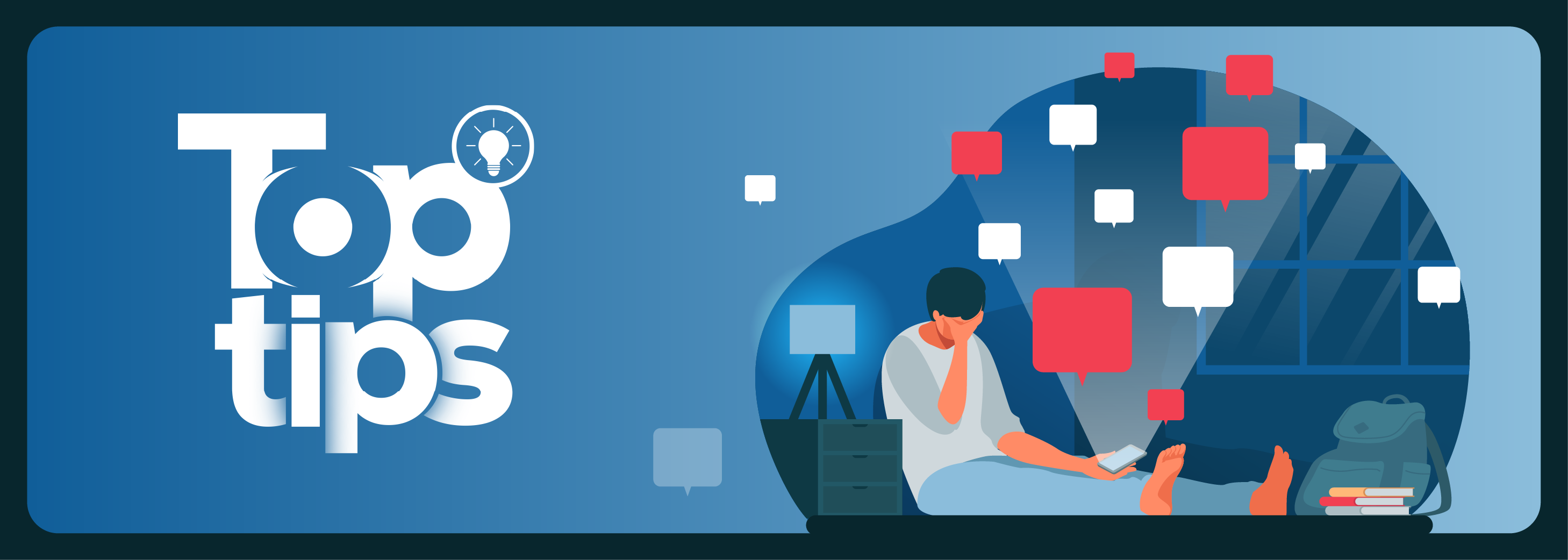Top tips: Beating notification fatigue before it beats you

Top tips is a weekly column where we highlight what’s trending in the tech world today and list ways to explore these trends. This week, we’re looking at the rise of notification fatigue and how to manage alerts so they boost productivity instead of draining it.
You’re in the middle of a task, fully focused, when ping!—a new email lands. You glance at it, thinking it’ll only take a second, but by the time you get back to your work, you’ve lost your momentum. Ten minutes later, another ping, a text message. Then your phone buzzes with a news update you didn’t ask for.
This constant drip of interruptions isn’t just annoying; it’s called notification fatigue, and it’s quietly eroding productivity across workplaces.
The term originally comes from high-pressure industries like healthcare and IT, where people deal with dozens of alerts every hour. When you’re bombarded with too many signals, your brain adapts in an unhelpful way: you start ignoring them altogether. That means you might miss the genuinely urgent ones because they’ve been drowned in a sea of noise.
So, how do we keep the important alerts without letting every little buzz hijack our day? Here are five practical ways to make notifications work for you, not against you.
1. Prioritize by urgency, not by source
Many people filter alerts based on who they’re from (manager, client, etc.), but urgency matters more. Configure your tools so that genuinely critical messages, like a system outage, security alert, or project deadline reminder, look and sound different. Assign them unique tones or colors so your brain learns to recognize their importance instantly.
2. Batch the rest
Not every alert demands your immediate attention. Most productivity tools now let you group non-urgent notifications into scheduled batches, so you can review them at set times. This simple shift helps you stay in flow mode for longer without constant interruptions.
3. Give each channel a purpose
If every platform is treated equally, your notifications will multiply. Reserve instant messaging for time-sensitive needs, email for slower-paced communication, and project management tools for status updates. This reduces duplication—the same message won’t ping you in three different apps.
4. Declutter the noise
Half of your notifications might be “courtesy” alerts: likes, read receipts, calendar reminders for events you already know about. Turn them off. You’ll be surprised how quickly your mental space clears when the only pings you hear are worth hearing.
5. Train your tools
Most apps can be fine-tuned to only show alerts from certain people, during certain hours, or about certain topics. It’s a one-time effort that can save hours of lost focus every week.
Bottom line
Notifications aren’t the enemy; unmanaged notifications are. The goal isn’t to silence everything, but to make sure the right alerts get through at the right time. A few thoughtful tweaks can turn notifications from constant distractions into productivity allies.